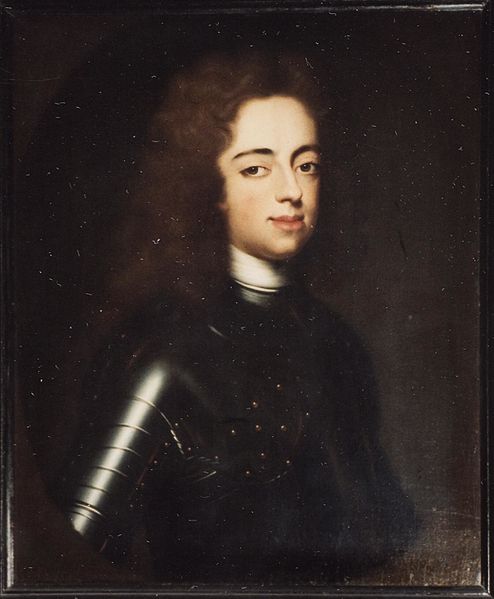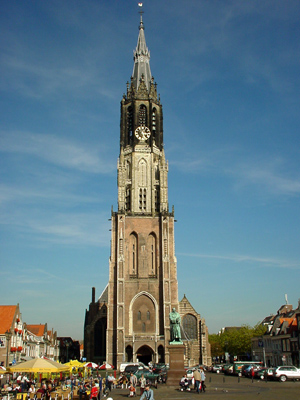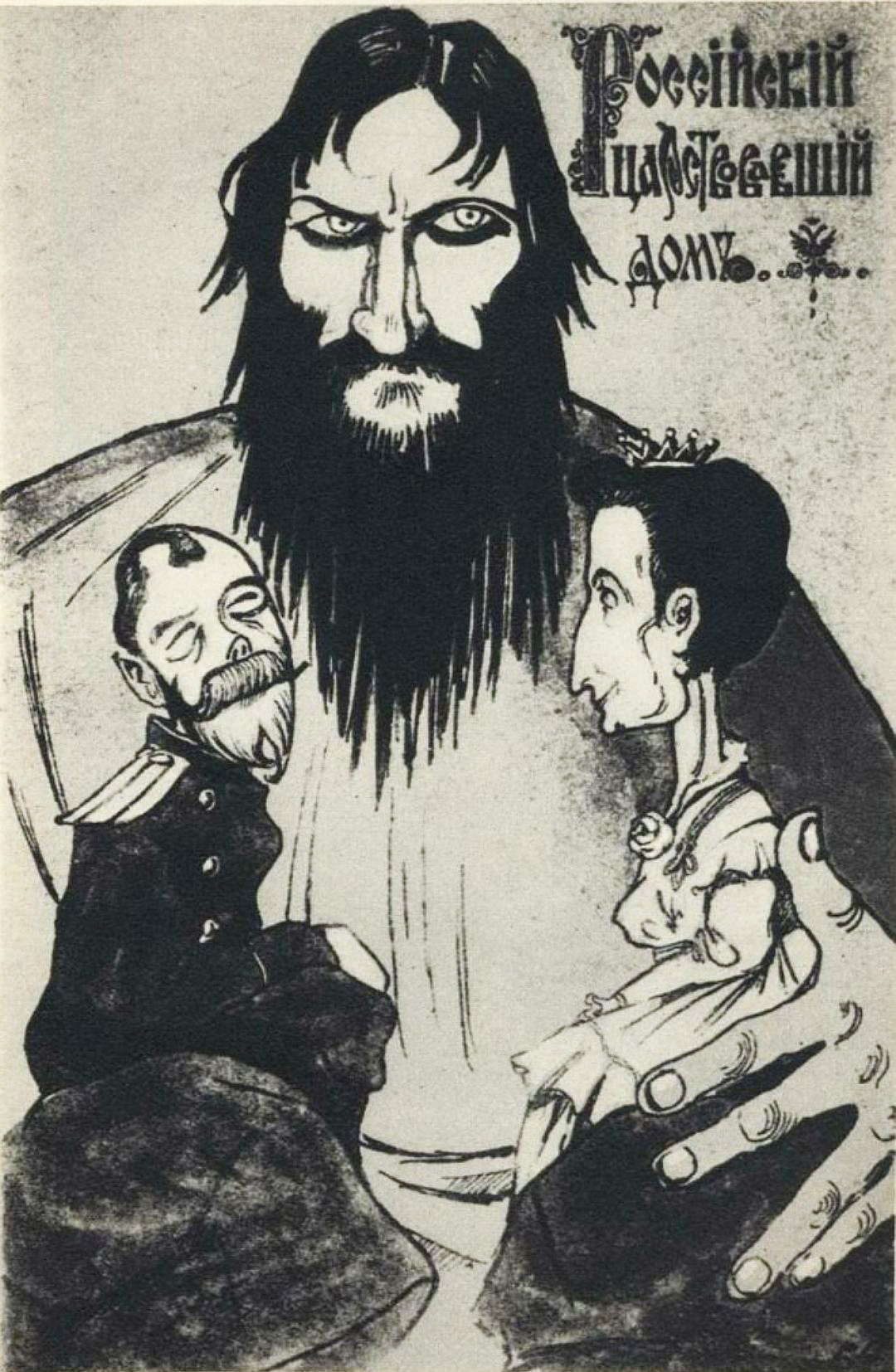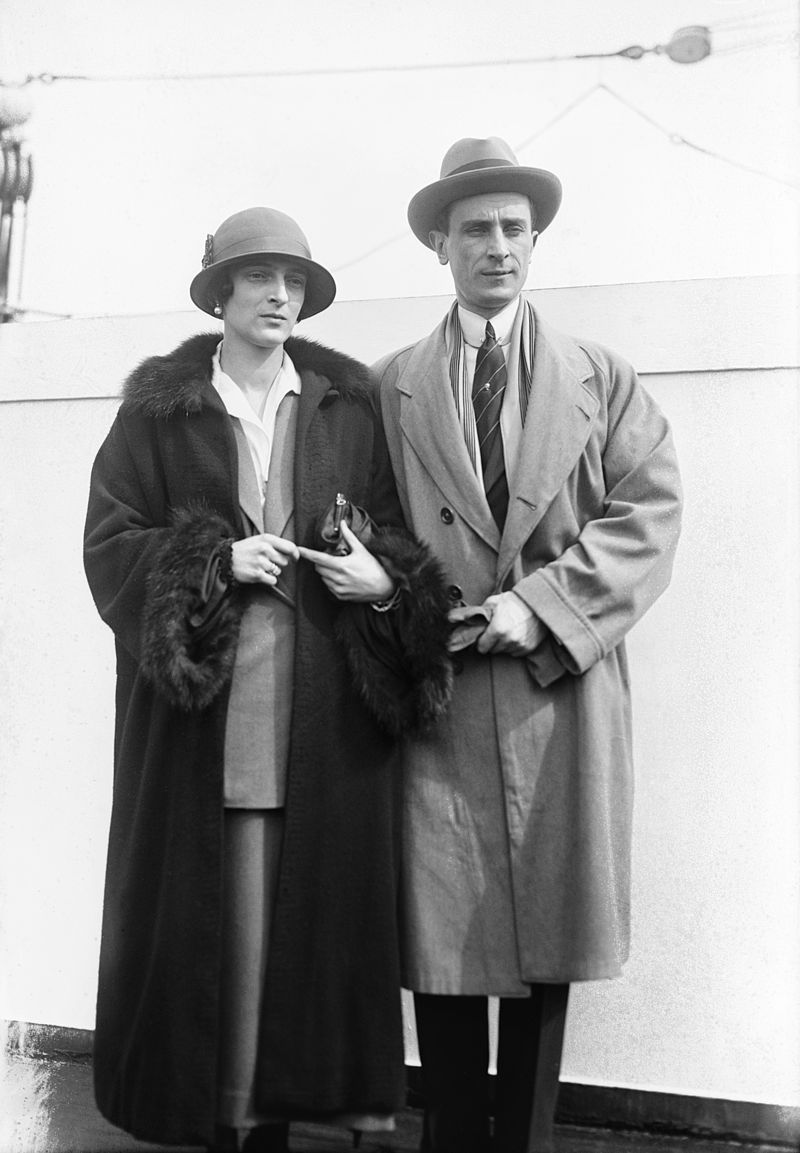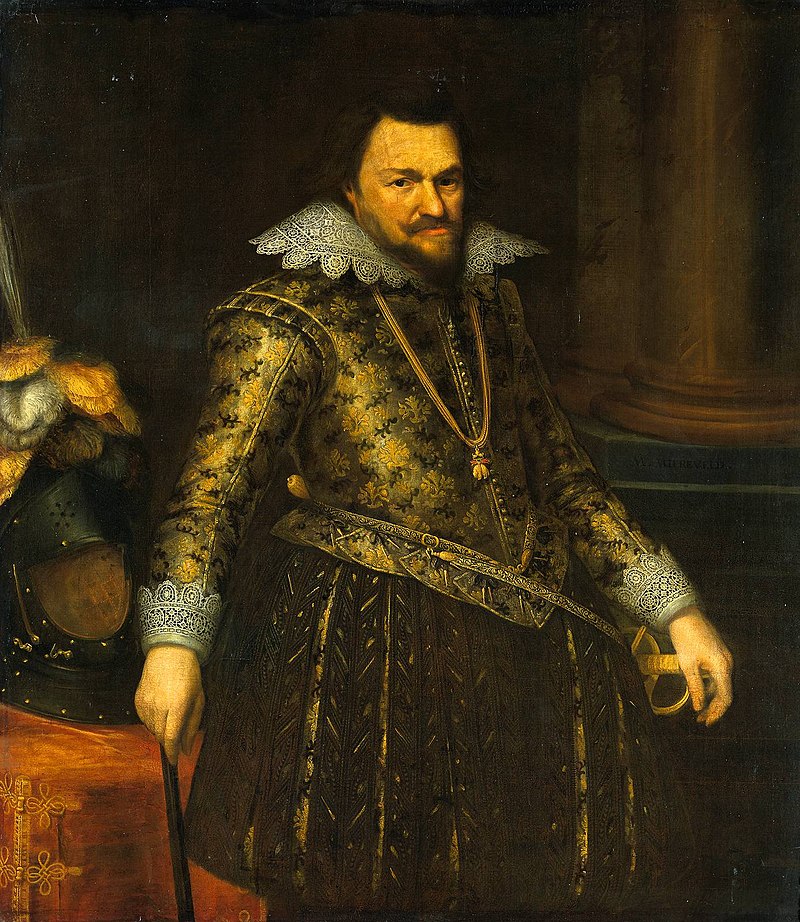by Susan Flantzer
- Sons One, Two, and Three – Gone
- Timeline: March 1, 1918 – March 31, 1918
- A Note About German Titles
- March 1918 – Royals/Nobles/Peers/Sons of Peers Who Died In Action
********************
Sons One, Two, and Three – Gone

Portraits of the three Cubitt brothers hanging in the Cubitt Chapel in St. Barnabas Church in Ranmore, England; Photo Credit – http://ranmorewarmemorial.info
 Every month I have been writing these articles, I am saddened by the deaths of soldiers so young. Even sadder are the times I came across families losing more than one son. The film Saving Private Ryan, in which there is a search for the last surviving brother of four soldiers during World War II, always comes to mind. Although that story is fictional, there are many cases of families, rich and poor, losing multiple children in many wars.
Every month I have been writing these articles, I am saddened by the deaths of soldiers so young. Even sadder are the times I came across families losing more than one son. The film Saving Private Ryan, in which there is a search for the last surviving brother of four soldiers during World War II, always comes to mind. Although that story is fictional, there are many cases of families, rich and poor, losing multiple children in many wars.
Henry Cubitt, 2nd Baron Ashcombe and his wife Maud Marianne Calvert had six sons. They are one of the many families that lost multiple children in war and there is a royal connection. Their six sons were:
- Henry Archibald Cubitt (January 3, 1892 – September 15, 1916)
- Alick George Cubitt (January 16, 1894 – November 24, 1917)
- William Hugh Cubitt (May 30, 1896 – March 24, 1918)
- Roland Calvert Cubitt, 3rd Baron Ashcombe (January 26, 1899 – October 28, 1962), married Sonia Keppel (daughter of The Honorable George Keppel and Alice Keppel, a mistress of King Edward VII), had three children including Rosalind, mother of Camilla, Duchess of Cornwall
- Archibald Edward Cubitt (January 16, 1901 – February 13, 1972), married (1) Lady Irene Helen Pratt, no children; (2) Sibell Margaret Norman, had two children
- Charles Guy Cubitt (February 13, 1903 – August 1979), married Rosamund Mary Edith Cholmeley, had three children
The eldest three were killed in action in order of their birth in 1916, 1917, and 1918. The two youngest sons were too young to have served during World War I. The fourth son, the eldest surviving son, was Roland Calvert Cubitt. Despite the fact that his three elder brothers had been killed in action, 19-year-old Roland was about to be sent to France as a Lieutenant in the Coldstream Guard when the Armistice was signed in November 1918. However, in the article below, there is some speculation that due to the deaths of his three brothers, someone in the War Department stopped Roland from going off to war. Roland succeeded his father as 3rd Baron Ashcombe. In addition, he is the maternal grandfather of Queen Camilla – and so these three brothers who died in World War I were her great-uncles.
About the deaths of her three great-uncles, Queen Camilla said: “I cannot imagine what it must have been like for my great-grandparents to receive such devastating news. It is so hard for us, a century later, to understand what the soldiers of the Great War and their families went through.”
In 2014, to mark the centenary of World War I, Queen Camilla, then The Duchess of Cornwall, was asked to choose a poem for an anthology of poems of recollections of World War I, Only Remembered, edited by Michael Morpurgo. She chose the poem The Christmas Truce by Carol Ann Duffy, Poet Laureate of the United Kingdom, and said this about the poem:
“It is about the spontaneous, unofficial ceasefire between British and German troops along the Western Front on Christmas Day. Huddled in flooded, freezing trenches, facing each other over the hideous shell-holes and barbed wire of No Man’s Land, it was a moment when both sides recognized what united them as men, rather than what divided them as soldiers.
Poetry is like time travel, and poems take us to the heart of the matter. This poem made me cry. It is such a touching and perceptive evocation – through its deceptively simple language and powerful imagery – of the truth of life in the trenches, and of that moment of hope when the sounds of wars were silenced.”
Daily Mail: The ‘Saving Private Ryan’ mystery that haunts Camilla’s family: Three brothers killed in the trenches, a fourth raring to go… but he’s told – you can’t go. So who gave the order that saved the Duchess’s beloved grandfather
**********
Captain Henry Archibald Cubitt of the 3rd Battalion Coldstream Guards – killed in action September 15, 1916, age 24, during the four-month-long Battle of the Somme in France

Credit – https://www.dorkingmuseum.org.uk
Henry was educated at Stone House School, Broadstairs, and Eton College. In 1911, 19-year-old Henry obtained his commission in the Coldstream Guards. On August 12, 1914, eight days after the start of World War I, Henry left for France where he took part in the Retreat from Mons, the First Battle of the Marne and the Battle of Aisne. Two months before his death, he was promoted to the rank of Captain.
During the four-month-long Battle of the Somme, on September 15, 1916, the regimental history of the Coldstream Guards remarks, ” three battalions of the Coldstreams attacked in line together… Almost immediately … two Coldstream battalions came under the most terrific machine gun fire… “and Major Vaughan, the Second-in-command of the 3rd Battalion, and Capt. Cubitt, the Adjutant, were both killed before they had gone a hundred yards.” Henry was buried at Carnoy Military Cemetery, France.

Carnoy Military Cemetery; Photo Credit – http://ranmorewarmemorial.info
**********
Lieutenant Alick George Cubitt of 15th King’s Hussars – killed in action November 24, 1917, age 23, at Bourlon Wood, France during the First Battle of Cambrai

Credit – http://www.surreyinthegreatwar.org.uk
Like his older brother Henry, Alick was educated at Stone House School, Broadstairs, and Eton College. In addition, he trained at the Royal Military College, Sandhurst and was then commissioned as a 2nd Lieutenant in the 15th The King’s Hussars. At the start of World War I, Alick was sent to France and fought at the Battle of Ypres, the Battle of Neuve Chapelle, and the Battle of Loos.
In November 1917, during the First Battle of Cambrai, Alick’s regiment, as part of 9th Cavalry Brigade, was near Bourlon Wood and was expected to capture the Wood. While their horses were unsaddled, fed, and resting, the regiment was ordered to trenches on the front line where there was close hand-to-hand combat and Alick was killed. His remains were never found, and he is remembered with more than 7,000 missing soldiers on the Cambrai Memorial to the Missing, Louverval, France

Cambrai Memorial to the Missing; Photo Credit – https://www.cwgc.org
Lieutenant William Hugh Cubitt of 1st Royal Dragoons died on March 24, 1918, age 21, from wounds received in action on March 21, 1918, near the village of Ham, France

William Hugh Cubitt, third of three brothers killed in World War I; Photo Credit – www.findagrave.com
Called by his second name Hugh, he was educated at Mr. E.L. Bent’s (a prep school) and at Eton College. When World War I started, 18-year-old Hugh entered the Royal Military College, Sandhurst and was then commissioned as Second Lieutenant in the 1st Royal King’s Dragoons in November 1914. On May 22, 1915, Hugh left for France and joined the Dragoons at the Front a week later. He served with the Cavalry Corps and was promoted to Lieutenant in 1916.
On March 21, 1918, the Germans began their spring offensive, Operation Michael, also known as Second Battle of the Somme. On that first day, the British army quickly improvised a defense near the village of Ham, France using a mounted squadron (soldiers on horses) including Hugh’s troop of the 1st Royal Dragoons. This was one of the last times the British army used the old traditional cavalry (soldiers mounted on horses) in the advancing technology of war that instead used machine guns and tanks.
Galloping along on their horses, the British cavalry with their swords had some brief success but eventually were overcome by the German machine guns. The regimental history of the Royal Dragoons states, “Knee to knee at first, opening out a little as they dashed forward, the 10th and the Royals covered the ground at a gallop. Many fell, among them Lieutenant Cubitt, but the German fire was wild and did not stop the horsemen, who came right in among them, cutting them down left and right.” Hugh was severely wounded and died three days later, on March 24, 1918, at the 46th Casualty Clearing Station. He was first buried at a cemetery near the 46th Casualty Clearing Station. After the war was over, Hugh’s remains were among the 108 remains that were collectively re-buried at Noyon New British Cemetery in Noyon, France. Because the remains were not buried individually, Hugh’s headstone reads, “Buried near this spot.”

Grave of William Hugh Cubitt; Photo Credit – http://ranmorewarmemorial.info
Works Cited
- En.wikipedia.org. (2017). Henry Cubitt, 2nd Baron Ashcombe. [online] Available at: https://en.wikipedia.org/wiki/Henry_Cubitt,_2nd_Baron_Ashcombe [Accessed 27 Oct. 2017].
- Her Royal Highness The Duchess of Cornwall. (2017). First World War centenary: the war poem that moves the Duchess of Cornwall to tears. [online] Telegraph.co.uk. Available at: http://www.telegraph.co.uk/history/world-war-one/10932405/First-World-War-centenary-the-war-poem-that-moves-the-Duchess-of-Cornwall-to-tears.html [Accessed 27 Oct. 2017].
- Ranmorewarmemorial.info. (2017). Ranmore War Memorial. [online] Available at: http://ranmorewarmemorial.info/ [Accessed 27 Oct. 2017].
********************
Timeline: March 1, 1918 – March 31, 1918

Operation Michael – Some German soldiers resting while others continue the advance through the Somme wasteland; Photo Credit – Wikipedia
- March 2 – Germans capture Kiev
- March 3 – The new Bolshevik government of Soviet Russia signs the Treaty of Brest-Litovsk, the peace treaty with Germany ending Russia’s participation in the war
- March 7 – German artillery bombard the Americans at Rouge Bouquet near Baccarat, France
- March 8–12 – Battle of Tell ‘Asur from the Mediterranean coast to western edge of Jordan Valley
- March 8–13 – Battle of Bakhmach in Bakhmach now in Ukraine
- March 21 – April 5 – First phase of the German Spring Offensive in France, Operation Michael (also known as Second Battle of the Somme)
- March 21–23 – Battle of St. Quentin, first phase of Operation Michael and of the Spring Offensive
- March 21 – April 2 – First Transjordan attack on Amman, now in Jordan
- March 23 – August 7 – Artillery bombardment of Paris
- March 24–25 – First Battle of Bapaume, a phase of Operation Michael
- March 25 – First Battle of Noyon, a phase of Operation Michael
- March 26 – French Marshal Ferdinand Foch is appointed Supreme Commander of all Allied forces
- March 26–27 – Battle of Rosieres, a phase of Operation Michael
- March 26-27 – Action of Khan Baghdadi west of Baghdad in present-day Iraq
- March 27–31 – First Battle of Amman in present-day Jordan, a phase of the First Transjordan Attack
- March 28 – Third Battle of Arras (also known as First Battle of Arras 1918), a phase of Operation Michael
- March 30 – April 5 – First Battle of Villers-Bretonneux, a phase of Operation Michael
********************
A Note About German Titles
Many German royals and nobles died in World War I. The German Empire consisted of 27 constituent states, most of them ruled by royal families. Scroll down to German Empire here to see what constituent states made up the German Empire. The constituent states retained their own governments but had limited sovereignty. Some had their own armies, but the military forces of the smaller ones were put under Prussian control. In wartime, armies of all the constituent states would be controlled by the Prussian Army and the combined forces were known as the Imperial German Army. German titles may be used in Royals Who Died In Action below. Refer to Unofficial Royalty: Glossary of German Noble and Royal Titles.
24 British peers were also killed in World War I and they will be included in the list of those who died in action. In addition, more than 100 sons of peers also lost their lives, and those that can be verified will also be included.
********************
March 1918 – Royals/Nobles/Peers/Sons of Peers Who Died In Action
The list is in chronological order and does contain some who would be considered noble instead of royal. The links in the last bullet for each person is that person’s genealogical information from Leo’s Genealogics Website or to The Peerage website If a person has a Wikipedia page or a website page with biographical information, their name will be linked to that page.
Because of the dates of death, it is probable that all these deaths occurred during the German Spring Offensive in France, Operation Michael (also known as Second Battle of the Somme).
Emich Ernst Hermann Heinrich Maximilian, Hereditary Prince of Leiningen
**********
Prince Heinrich XXXVIII Reuss zu Köstritz

Grave of Prince Heinrich XXXVIII Reuss zu Köstritz; Photo Credit – Wikipedia
**********
Freiherr Johann Friedrich von Solemacher-Antweiler
**********
Captain The Honorable Alfred Aubrey Tennyson

The Ponzieres Memorial to the Missing forms the perimeter of the cemetery and can be seen in the background; Photo Credit – Wikipedia
**********
Captain The Honorable Reginald Nicholas Francis Barnewall
**********
Lieutenant The Honorable William Hugh Cubitt (see article above)
**********
2nd Lieutenant The Honorable Edward Wodehouse
**********
Lieutenant-Colonel Ralph Gerard Alexander Hamilton, Master of Belhaven

Photo Credit – www.findagrave.com

Grave of Lieutenant-Colonel Ralph Gerard Alexander Hamilton; Photo Credit – www.findagrave.com
**********
Captain Charles Thomas Anderson Pollock
**********




